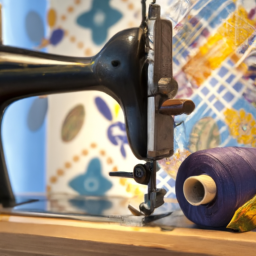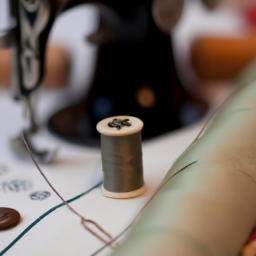
History of Sewing Needles

Ancient Origins
The history of sewing needles can be traced back thousands of years to the ancient civilizations of Egypt, Mesopotamia, and China. The earliest needles were made from materials such as bone, ivory, or wood, and were used primarily for sewing animal hides or making clothing.
Over time, needles evolved, becoming more refined and specialized. The Egyptians developed needles with rounded tips, allowing for more intricate stitching and embroidery. These early needles were often adorned with gold, gemstones, or elaborate carvings, signifying their importance and value.
The Needle Renaissance
During the Middle Ages, the art of needlework flourished across Europe. Needles made of iron or steel were mass-produced, making them more accessible and affordable. This led to a surge in garment production and the creation of intricate tapestries and embroideries.
While needles were initially crafted by hand, the invention of mechanical needle-making machines in the 18th century revolutionized the industry. The Industrial Revolution saw sewing needles being manufactured on a large scale, enabling mass production of textiles and garments.
Modern Innovations
In the 19th and 20th centuries, the sewing needle underwent further advancements. Needle manufacturers experimented with different materials and designs to enhance durability and functionality.
The introduction of the eyeless needle, which allowed thread to be inserted sidewise, expedited the sewing process. The invention of the double-eyed needle, with an eye at both ends, offered greater convenience for various stitching techniques.
Needles Today
In the present day, sewing needles come in a variety of sizes, materials, and types to suit different fabric weights and stitching purposes. Needles with sharp points are ideal for woven fabrics, whereas ballpoint needles are designed for knits.
With the rise of technology, sewing machines have become highly advanced, and needles have adapted accordingly. Specialized needles are now available for machine embroidery, quilting, leatherwork, and more.
The Needle’s Endurance
The sewing needle has persisted as an invaluable tool throughout history, bridging the gap between functionality and artistry. From its humble beginnings as a simple bone or wood implement to its modern-day intricate designs, the needle remains an essential instrument in the world of sewing and continues to inspire creativity and innovation.
For more information on sewing needles and their historical significance, visit Sewing Needle History.




